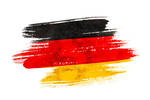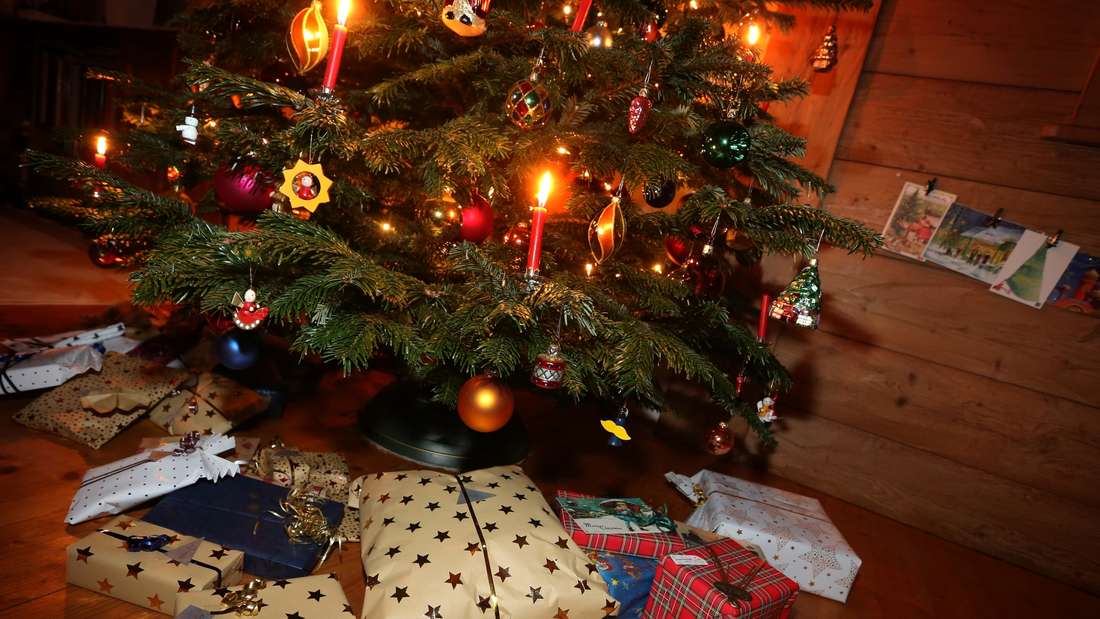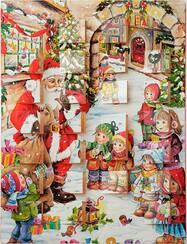 On December 1, another exciting tradition takes place: Children will receive an Advent calendar. The calendar has 24 little doors for each of the 24 days in December until Christmas Eve and behind each door is a little piece of chocolate or candy. Some Advent calendars are made of cardboard and will get a new one every year at Christmas time. Others are made of wood or other materials and can be reused year after year. Advent calendars date back to the 1800s, when German Protestants used various methods to count down from the start of Advent to Christmas. Techniques used included:
A German called Gerhard Lang is credited with printing the first Advent calendar for sale. This Advent calendar consisted of little, religious pictures which were to be attached to a piece of cardboard – one for each day. You can find out more about the history of the Advent calendar on the website of the German Christmas Museum located in city of Rothenburg ob der Tauber in Bavaria. 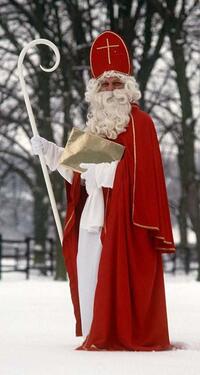 On December 6, children await for the arrival of Nikolaus (St Nicholas) and the gifts he brings. Nikolaus takes the form of an old man with white hair and a white beard, dressed in red. The Nikolaus wears a red bishop's miter on his head and carries a bishop's crozier. On the evening of December 5, children leave their boots outside their bedroom doors for the Nikolaus to leave sweets in them. Nikolaus (St. Nicholas’ Day) is celebrated in honor of Nicholas of Myra, also known as Nicholas of Bari, a young bishop in the 4th century who, according to legend, saved a number of children from death. In the Middle Ages, St. Nicholas became the patron saint and protector of young children. Today, St. Nicholas is celebrated in many European countries: Germany, Austria, Switzerland, France, Belgium, Poland, the Netherlands, and others. 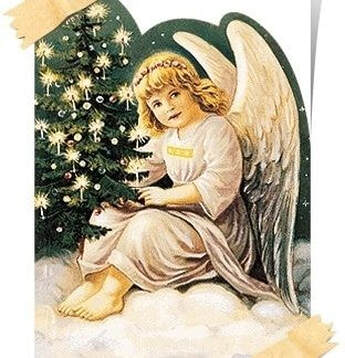 The Christkind and the distribution of gifts, the so-called "Bescherung" (gift giving on Christmas Eve), are an important part of Christmas. This custom has been around since the 16th century. At that time, the Christkind sent a bag with five things to the house: toys, sweets, a coin, a piece of clothing and things for school. It was not until the last century that the tradition of the "Weihnachtsmann", who brings the Christmas presents, appeared. The “Weihnachtsmann” (Santa Claus) originally comes from America. In many parts of Germany, especially in the south, and in Austria, the presents are still brought by the "Christkind". The centerpiece of Christmas is a Christmas tree that is usually put up on the 24th of December and decorated with candles and ornaments. Some people also place a nativity scene under the Christmas tree. On Christmas Eve it is time for the gifts to be opened. On the 25th and 26th of December people visit family members and enjoy big festive meals together. |
